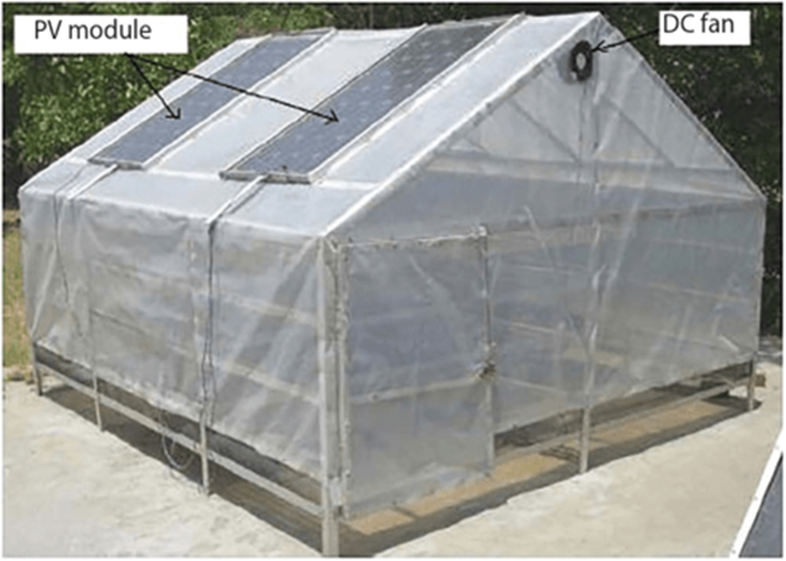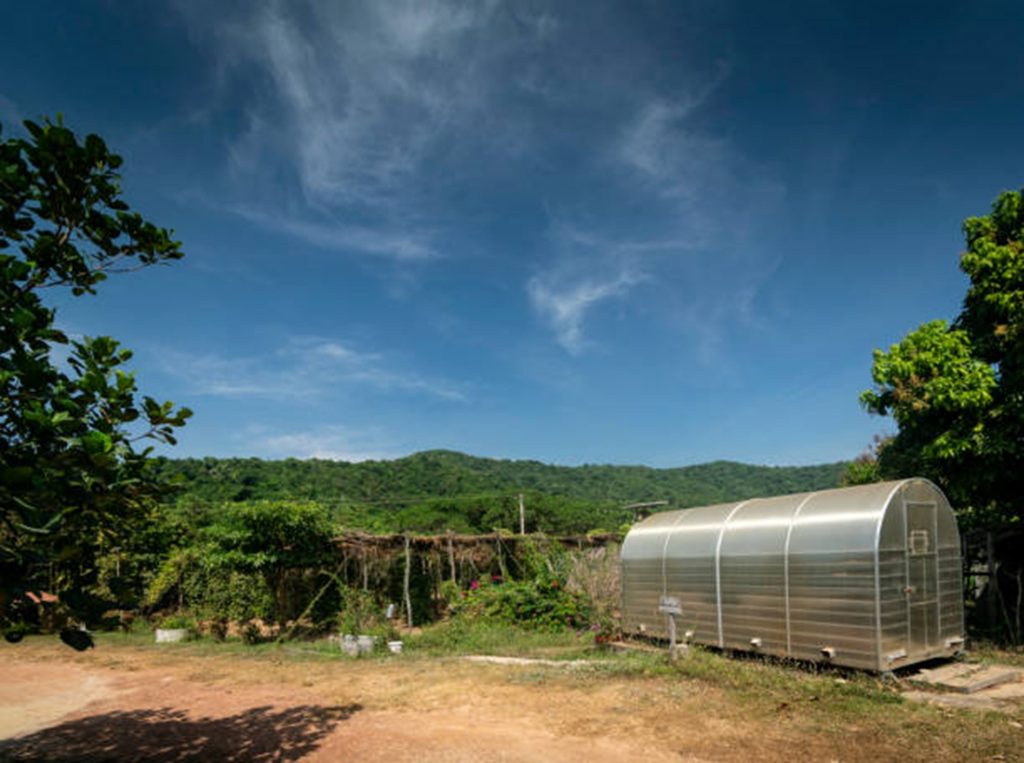Solar dryer for agricultural products: design, working principle, types, price in Kenya
You have just harvested your crop, and it is now the start of the cumbersome post-harvest processes. If you planted high-demand vegetables like onions, you are in for an extended drying process that will take your days. After all, if you store it as it is, it will be a significant loss. What if you could cut this process down significantly? The solution is a solar dryer. The unique apparatus allows you to dry your harvested products faster and safer, improving your post-harvest processes

Source: gettyimages.com
What is a solar dryer?
A solar dryer is a piece of essential equipment utilized to eliminate moisture content from crops, vegetables, fruits, or agricultural products.
The most common use of solar energy is drying agricultural products. It utilizes the sun’s energy to produce hot air that is far more efficient for drying. The set-up removes moisture from crops, fruits, vegetables, grains, fish, potatoes, meat, etc.
How does a solar dryer work?
Are you trying to grasp the solar dryer’s working principle? It is straightforward. The sun-drying process works by collecting solar energy by heating the air volume in solar collectors and then directing the heated air to an attached enclosure, the drying chamber.
The solar collectors create heated air due to the sun’s energy. When the temperature of a particular air volume is raised, the relative air humidity drops, and the air’s water absorption capacity rises. Pumping hot air through and over your products achieves continuous and effective dehydration.
The apparatus is constructed from readily accessible and inexpensive materials such as cement, galvanized iron, brick, and plywood, making the drying effect easier.
Also, it is covered with transparent single and double-layered sheets on the top surface. And to make it easier to absorb solar energy, the inner section is painted black. The solar dryer’s paint and material, including its insulation, makes the temperature rise significantly, helping in the drying effect.
The solar dryer possesses tiny openings at the top, sufficient to allow air to circulate. With such openings, moisture escaping from fruits, vegetables, and crops put on trays within the tube escapes naturally. Also, a forced draught procedure brings new air in to fill the vacuum, and the process continues.
Types of Solar Dryers in Kenya?

Source: pixabay.com
How many commercial solar dryers for agricultural products in Kenya are there? Most firms that assemble the solar dryer for clients provide metallic or wooden solar dryers. So, the only difference between the different solar dryers is the material utilized to make them.
Metallic solar dryers are made from galvanized steel, which assures a user of extended use. Also, covers are made from UV treated polythene house sheets 200 microns in thickens.
Clients can also go for the hybrid solar dryer that combines both natural and other heat transfer systems. The most significant advantage of the hybrid solar dryer is that it works even with no sunshine.
What is the solar dryer prices in Kenya?
If you are looking to buy a solar dryer, you must be specific about the size and material used, as these elements determine the price. So, what are the average prices of solar dryers in Kenya?
| Size (L x W x H)) | Drying capacity | Price |
| 1.5mx 1.5m x1m | 40-50kgs | Ksh.70,000 |
| 2m x 2m x 2m | 50-90kgs | Ksh.80,000 |
| 2m x 3m x 2m | 80-100kgs | Ksh.90,000 |
| 2m x 4m x 2m | 90-110kgs | Ksh.110,000 |
| 2m x 5m x 2m | 100-130kgs | Ksh.130,000 |
Is solar drying better than sun drying?
Solar drying takes advantage of natural sunlight to make the drying process quicker and more efficient. The structure is a controlled environment made from suitable materials different, and the best thing is that you can use it on rainy days.
The drying process does not work well in a humid climate. Compared to the outside temperature of 26°C, solar dryers can retain heat to an incredible 46°C.
How to make a solar dryer at home
Making a solar dryer is a DIY process. Once you have all the necessary materials, you can easily create your structure at home. However, you ought to have some technical expertise to make it conducive for drying agricultural products.
You’ll need to create the air heater and drying box using the appropriate materials. Of course, the structure’s size depends on what you plan on drying in it. Therefore, if you want to dry an entire acre of onions, you might need a bigger size to accommodate the harvested produce.
A solar dryer is essential for any farmer looking to reduce production costs and maximize profits. Also, the apparatus reduces time spent on post-harvest practices drastically. Why forfeit all these gains when you are struggling to dry your produce outside, exposing your product to external environmental conditions?
